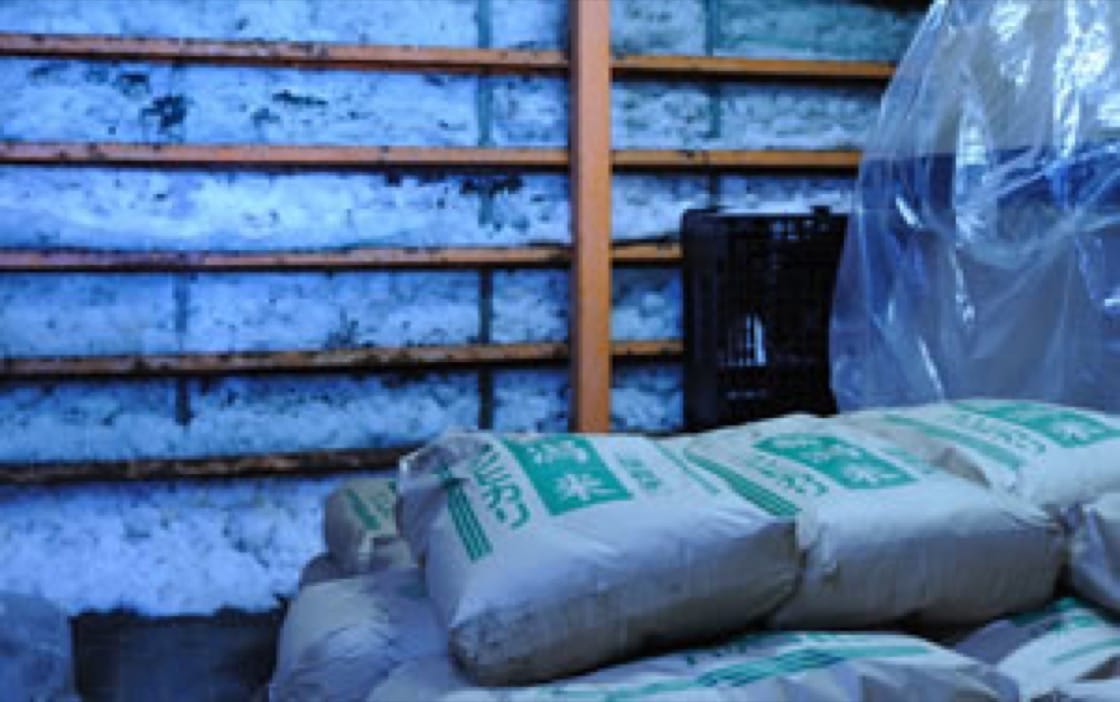This method of storing and preserving food isn’t new. Snow-aging, or yukimuro, is a 200-year-old technique employed in the wintry region of Niigata which sees one of the heaviest snowfalls in Japan. Also known as ‘Snow Country’, the residents of Niigata Prefecture have long adapted to the harsh winter conditions of the region, and even turned it to their advantage, using the snow to preserve and store their produce.

Yukimuro utilises a traditional snow-covered room to preserve and age produce naturally. This aging process maintains a consistent internal temperature between 0 and 5 degrees Celsius, regardless of external weather conditions. In this state, called seichi, the produce retains more than 90 percent of the surrounding humidity. As a result, the snow-aged produce tends to be crisper in texture and sweeter in taste.

Snow-aged Wagyu
Takashi Uono, president of Uoshoku Meat, was in Singapore to introduce the world’s first snow-aged wagyu which diners can now experience for themselves at Origin Grill at Shangri-La Hotel Singapore.
He is also a member of the Echigo Yukimuro-ya cooperative which brands and promotes a whole range of snow-aged food products from coffee and buckwheat to sake and vegetables.
He started developing the technique for snow-aging beef in 2011. “I experimented with different aging periods, 10 days, 20 days and up to 40 days. I found that 30 days was the most optimal; at 40 days, the beef started to have a slightly sour tang.”

A Natural Refrigerator
With the advent of modern refrigeration, the technique of snow storage almost became a lost practice—a situation that the Echigo Yukimuro-ya seeks to rectify.
Snow-aging has a number of advantages over electric refrigeration:
- A Yukimuro maintains a stable low-temperature, high humidity condition that’s optimal for aging produce.
- A Yukimuro allows for stress-free ripening that is not affected by vibrations caused by electricity and motors, or changes in light and temperature when fridge doors are opened and closed.
- Snow is a very sustainable source of natural energy. Using 1 tonne of snow is equivalent to 10 litres of oil and 30kg of carbon dioxide emissions. Annually, Yukimuro uses about 400 to 700 tonnes of snow.

























